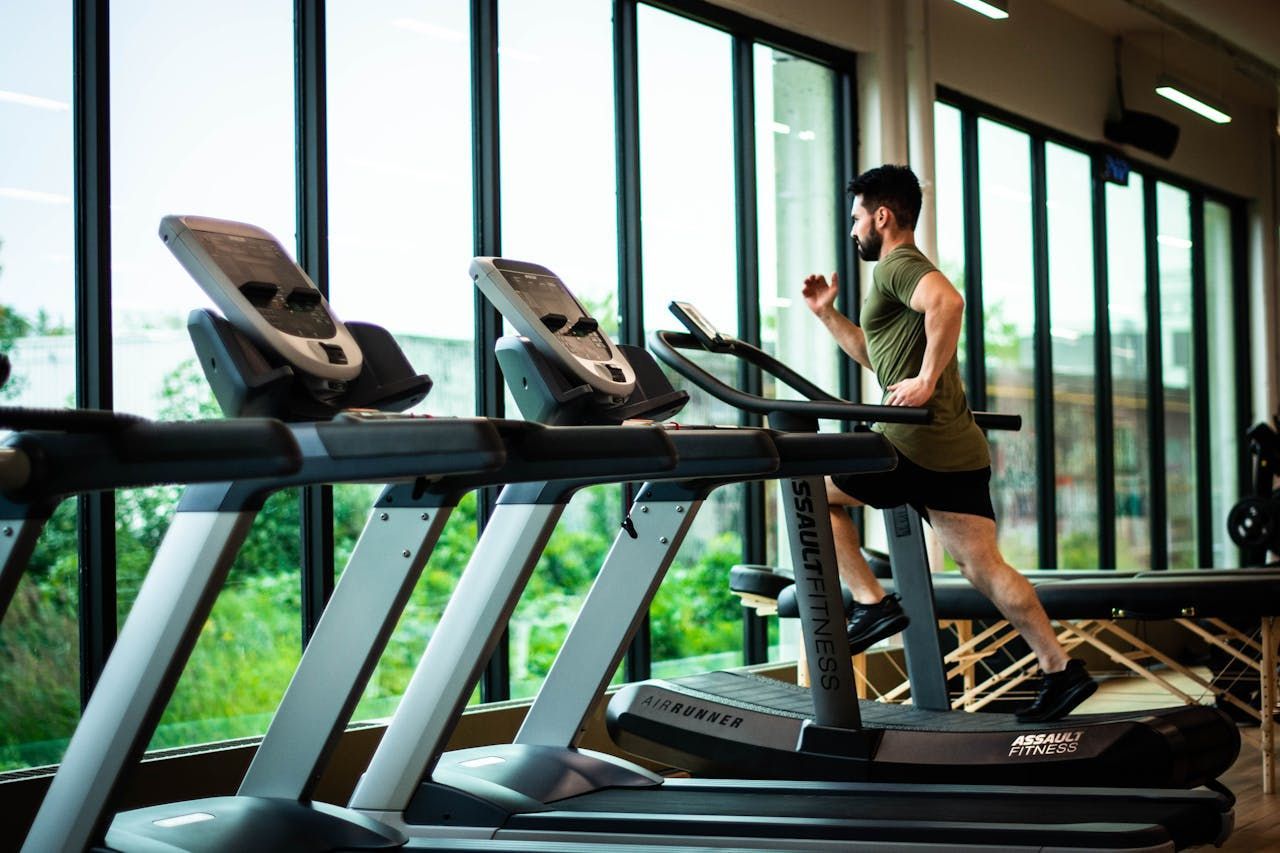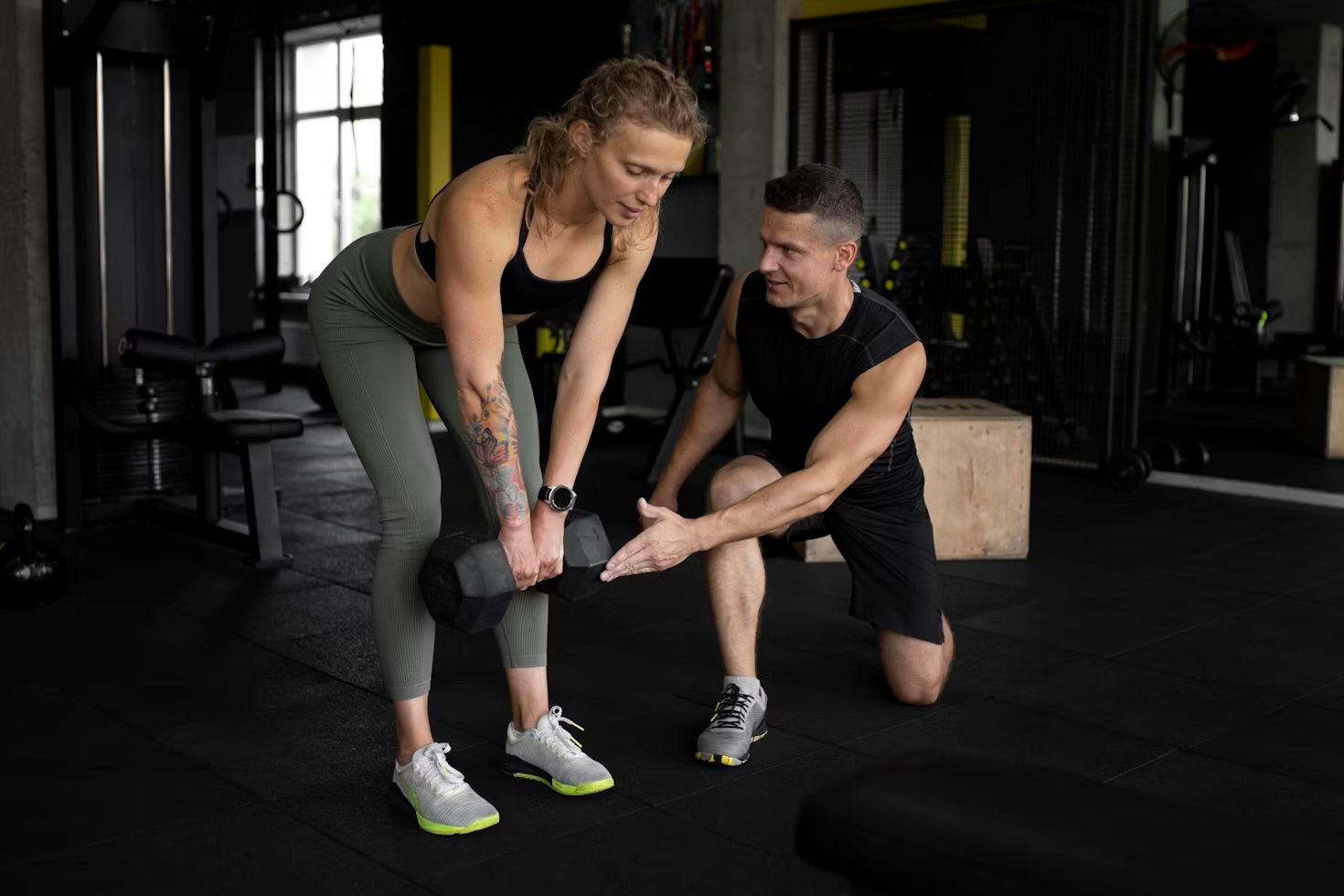Exercising Safely After a Heart Attack
Recovering from a heart attack brings a lot of questions, and one of the biggest is when it's safe to start moving again. Your heart might be healing, but your mind is already thinking about getting back to your life. Choosing the right time to ease back into exercise is just as important as the workouts themselves. Every person’s recovery is different, so there's no one-size-fits-all answer. That’s why understanding the general timeline and working with the right professionals makes a difference.
On St. Simons Island, the pace of life tends to be a little more relaxed, which can make the recovery process feel less stressful. Whether it's strolling near the marsh or breathing in the salty air, many find that the calm surroundings make it easier to take those first few steps. And with the right support, exercise can be a safe part of your path forward. Live Oak Fitness offers access to private personal trainers who understand how to pair physical activity with safety and care.
Consulting With Medical Professionals
Before making any changes to your routine or starting a new one, it's important to speak with your doctor first. Post-heart attack recovery has a lot of layers, especially where the heart is concerned. Your doctor can guide you on how stable your condition is, if your heart is strong enough for movement, and what types of exercise to avoid early on.
Once your doctor clears you, that’s a good time to connect with someone who knows how to structure effective but careful movement plans. On St. Simons Island, private personal trainers often work side-by-side with recovering clients and their healthcare providers to create a plan that’s safe and realistic. Their presence gives you structure and helps you stay consistent, without overdoing it.
If you’re struggling with where or how to begin, you don’t have to figure it out alone. A good trainer can look at your capabilities and set up routines that match your stage of healing. They’re there to help you find a comfortable starting point, track your progress, and adjust exercises if anything feels off. The goal isn’t to rush but to move with purpose and care.
It is important for your health and safety to always check with your doctor or one of the personal trainers at Live Oak Fitness before beginning any workout program.
Best Time To Start Exercising After A Heart Attack
There isn’t a magic date when it becomes safe for everyone to start working out again. The ideal timing depends on how serious the heart attack was and how your body responds during early recovery. That said, most doctors recommend starting with very gentle activity after you’ve stabilized, often within the first few weeks.
Recovery is usually broken into a few phases:
1. Phase 1: This is often during hospitalization or shortly after. Basic movement, like standing or walking a few steps with assistance, might begin here.
2. Phase 2: Outpatient rehab usually starts a few weeks later. At this point, walking or light motion may be included, depending on how things are going.
3. Phase 3 and beyond: Once cleared by your care team, structured workouts with a professional trainer can begin. These sessions focus on gradually rebuilding strength, balance, and stamina.
On St. Simons Island, the warm weather around early summer allows for safe outdoor movement like walking or gentle stretching. These low-impact actions can be easier on joints and create a smoother return to routine. An example might be walking slowly along one of the shady sidewalks near the water. This kind of environment can make short sessions feel less like exercise and more like part of a day out, which helps keep consistency higher.
That said, the safest way to decide your return is by speaking with both your medical provider and your trainer. They can help you figure out if your energy level, heart function, and stress tolerance line up for physical activity. Even then, it’s okay to move slowly. Each week should feel better than the last, not harder.
Types Of Exercises To Begin With
Once you’re cleared to start moving again, focus on low-impact activities that your body can handle without strain. These early movements help you build confidence while training your heart to work more efficiently. You’re not trying to beat your old gym records. You’re laying the foundation.
Good beginning options include:
- Brisk walking: Start with short sessions, maybe five to ten minutes, and slowly increase the time. Use flat, even walking paths to reduce joint stress.
- Seated strength exercises: Using light weights or resistance bands while seated can help rebuild muscle without risking balance or overexertion.
- Chair yoga or light stretching: These gentle movements improve circulation and create better mobility, which helps prevent stiffness during inactivity.
- Step-ups: Using a small step or curb, very light step-ups can reintroduce basic strength and balance without tiring you out too quickly.
If you’re unsure whether something feels too hard, pay close attention to your breathing. If it feels difficult to speak in full sentences during an activity, it may be time to ease back. And if anything feels off, like dizziness, tightness, or pain, stop and rest. Let your trainer or doctor know so they can check and tweak your plan.
The goal during this time isn’t volume. It’s about staying consistent, stopping safely, and slowly getting used to doing more. As you notice small improvements, your confidence will grow too.
Monitoring Progress and Adjusting the Plan
Once you've begun a routine, the next step is learning how to read your body and stay flexible with your plan. Progress after a heart attack isn't always steady, and that's completely normal. Some days you'll feel stronger, and other days your energy might dip. Listening to those changes makes a big difference in staying safe and on track.
On St. Simons Island, an early summer day might start cool but heat up fast, so keeping time and temperature in mind helps prevent overexertion. Choose indoor spaces for your workouts when it gets too warm outside. This keeps your heart rate from spiking too quickly and reduces the chances of getting too tired too soon. A trainer can help you notice how you’re handling certain movements and suggest when to step things up or take it slow.
As you build stamina, it’s common to adjust your workout in small ways. That might mean adding an extra two minutes to a walk or adding an extra set to your low-impact strength training. Still, any changes should be made gradually. Trying to push through for quick results can be risky. Always take note of how you’re feeling during and after each session.
Make time to regularly check in with someone you trust—whether it’s a personal trainer from Live Oak Fitness or your healthcare provider. These reviews help fine-tune your plan by giving you outside feedback. They might notice signs of progress before you do or spot something that needs to change. That kind of support keeps you moving forward with confidence and safety.
Personalized Exercise Routines With Safety In Mind
One part of recovering well is having a routine that fits your personal needs instead of using a generic plan. At Live Oak Fitness, private personal trainers often build custom routines based on your goals, medical clearance, and current ability. These trainers adjust exercises week by week, leaning into what’s working and changing what isn’t. The more tailored the plan, the more likely you are to keep showing up.
Instead of jumping between workout videos or guessing which routine is best, a guided session helps keep everything in check. That includes how long you move, how intense the movements are, and how often you rest. A one-size-fits-all format just doesn’t work here because no two recoveries are the same.
Here’s what an effective personalized plan might include:
- Exercises spaced out across the week to allow for rest and recovery
- Activities adjusted across warm, humid summer weeks to avoid overheating
- Balance between cardio, flexibility, and strength exercises for well-rounded progress
- Real-time feedback to make changes based on how your body responds day to day
With someone overseeing your routine, you lower your chances of skipping steps that matter. You can also focus more on being present in the session, knowing that the schedule, pacing, and progress are managed for you.
Building Confidence One Step at a Time
Taking steps after a heart attack isn’t about bouncing back to your old workouts. It’s about coming back thoughtfully, step by step. On St. Simons Island, the pace of recovery benefits from quiet surroundings and flexible indoor and outdoor options. Whether it’s a quick walk around the block or a few movement drills inside, each session slowly builds your strength and momentum.
You don’t need to climb mountains to make progress. Every intentional movement tells your body you’re still in it for the long run, no matter how small it seems. Celebrating those quiet wins matters, like being able to walk a little farther than last week, or finally doing five whole minutes of resistance band work without fatigue.
It helps to have someone in your corner who understands cardiac recovery and can keep things structured and smart. Personalized plans, careful tracking, and ongoing support take the pressure off guessing. That kind of experience adds peace of mind to every movement you make.
By staying patient and consistent, you set the foundation for long-term strength, not just physical, but mental, too. And with the right professional support, you're never walking the path alone. Live Oak Fitness has personal trainers on St. Simons Island who are here for that kind of recovery-focused guidance when you’re ready.
To continue your recovery with confidence and expertise, consider working with
private personal trainers on St. Simons Island who understand the unique needs of those healing after a heart attack. At Live Oak Fitness, our team is dedicated to guiding you back to strength, safely and effectively, so you're not alone on this journey.











